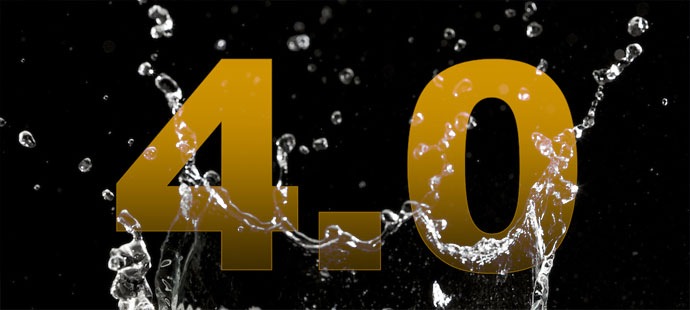A few positive thoughts before we look at coverage of abortion doctor Kermit Gosnell’s trial.
(1) I can not begin to thank you for all the kind words and support you’ve sent my way, publicly and privately, during this time. It is appreciated and it helps. Yes, I took some heat, which is to be expected. But the kind words of support, ranging from embarrassingly effusive to constructive advice, were wonderful to receive. A thousand thank yous.
(2) I joked at some point that one bright thing to come out of this craziness is that at least now my family understands what a media critic does.
(3) While this expose of Gosnell disparities did lay bare what a huge problem we have with how the media handle a wide variety of issues in this country, I want people to know that I heard from a great many newswriters, producers and editors throughout major national media as well as many local and regional outlets. The Gosnell brouhaha enabled some helpful conversations about the struggles these fair and honorable journalists have in newsrooms throughout the country. Some people merely thanked me for bringing the issue to light. Others told stories of how they have to fight for better coverage of various topics.
So here is something to remember: If you’re despairing about journalism in general, keep in mind that many journalists throughout the country are worried about the diminishing credibility of their industry, as a whole.
Yes, I know some news folks still think that denying the problem is the way to go. Such defensiveness only further harms credibility. The first step to addressing a problem is, well, admitting that you have a problem.
Anyway, a reporter sent me a link to a recent Gosnell story and asked if it didn’t contain the worst lede in the history of the world:
Say what you will about abortion doctor Kermit Gosnell, the man was something of a naturalist.
Yikes! And it goes on like that, sort of a charming and fluffy feature about Gosnell’s love of plants and animals in a place where he is accused of butchering untold humans. It is a tone-deaf lede but probably suffers more from bad timing in this media climate. It ran in the Philadelphia Inquirer and comes from a reporter who actually has been covering the trial. So forgive me if I think other journalists need more criticism. When you’re covering a weeks-long trial, you look for new and interesting angles. That’s how I view this fluffy feature on the man who may be one of history’s greatest serial killers.
A different journalist pointed out another lede on this story that may be even worse. It comes from the New York Times piece headlined “Online Furor Draws Press to Abortion Doctor’s Trial” (and mentions my work):
PHILADELPHIA — Through four weeks, prosecutors have laid out evidence against Dr. Kermit Gosnell, a Philadelphia abortion provider on trial on charges of killing seven viable fetuses by “snipping” their necks with scissors and of causing the death of a pregnant 41-year-old woman during a procedure.
Except that Gosnell isn’t charged with killing seven “viable fetuses” by snipping their necks with scissors.
That is a perfectly legal procedure performed around the country all the time by doctors supported editorially by The New York Times. That’s how late-term abortions are performed, frequently. What makes Gosnell’s work different, however, is the location of the child when he allegedly performed these neck-snippings. He’s accused of delivering children — living, newborn babies — and then snipping their necks.
So, “fetus”? As in:
fe·tus … pl. fe·tus·es
… 2. In humans, the unborn young from the end of the eighth week after conception to the moment of birth, as distinguished from the earlier embryo.
I don’t know why The New York Times used the incorrect language it does here. We are talking about the killing of babies after they have been born.
But the error is telling, in a way. The things that makes this story so fascinating are the tremendous legal, regulatory and philosophical questions it raises. Should it be legal to snip a baby’s neck in a birth canal but not moments later when it’s outside of it? How much difference is there between a human we call a fetus and a human we call a baby? Why do we use these terms? What do they represent about how we view this topic? These types of questions. These types of questions.
As I write this, I see that James Taranto of the Wall Street Journal tweeted:
The story about #Gosnell being undercovered is now overcovered. But the story about Gosnell is still undercovered.
I think they’re both legitimate stories, but it’s so true. Undercovered in some cases, definitely. Poorly covered in others, as these ledes show. This is an important story to cover prominently and cover well. Doing otherwise does a serious disservice to news judgment, our readers and the larger industry.











